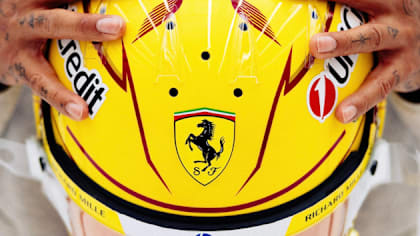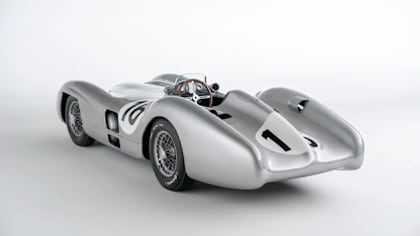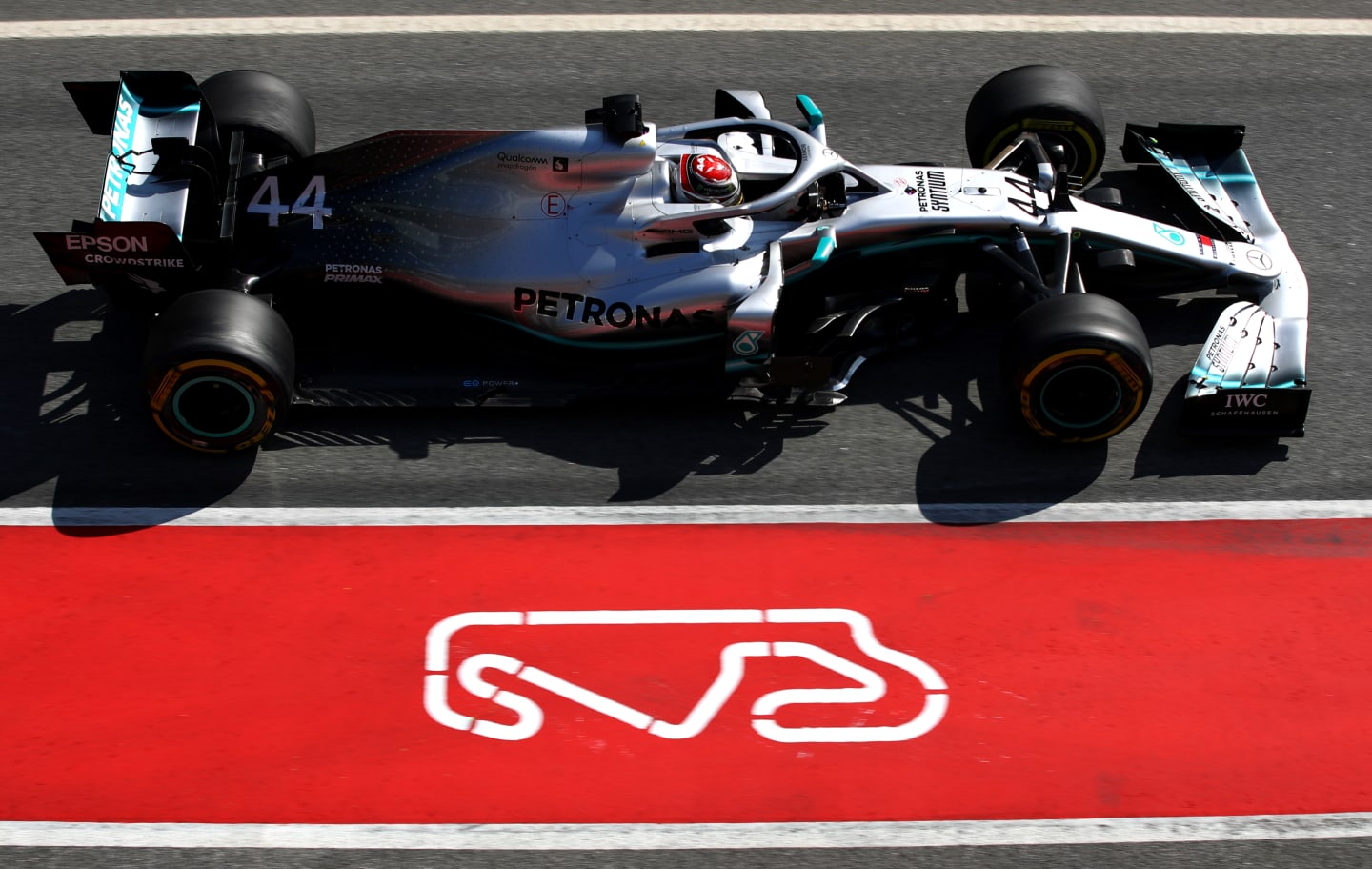
Feature
How losing 25% of F1 pre-season testing will affect the teams in 2020

Share

This year F1 pre-season testing has been cut from eight days down to six, spread across two weeks. But what will this mean for the teams and the season as a whole? F1 technical expert Mark Hughes explains...
The reduction this year of the two pre-season Barcelona tests from four to three days each is just the latest in a quest to reduce costs. There have been regulation restrictions on testing since 2003, regularly tweaked and with further limitations ever since. The tradition of Barcelona hosting the only pre-season testing began in 2016, placing increasing focus on those two weeks of intense activity. Now the total test programme has been reduced from a total of eight days to just six, before the cars are packed up and shipped to Australia for the first race.
What will be the competitive and operational effects upon the teams of this change? Broadly, the lower priority tasks will simply fall off the lists and ways will be found to either accomplish them at the factory or in general running on Friday practice in Melbourne.
READ MORE: Williams, Haas and Renault 2020 cars hit the track in Spain
There are basically two elements to the pre-season tests: validation and performance. Before serious performance testing begins, teams will perform several tests confirming the car works as suggested in simulation, that there are no mechanical, cooling or bodywork issues. Beyond there, they will be taking aero rake readings of the car at set speeds and attitudes, checking that the aerodynamic map is as it was designed to be, that the reality matches the simulation.
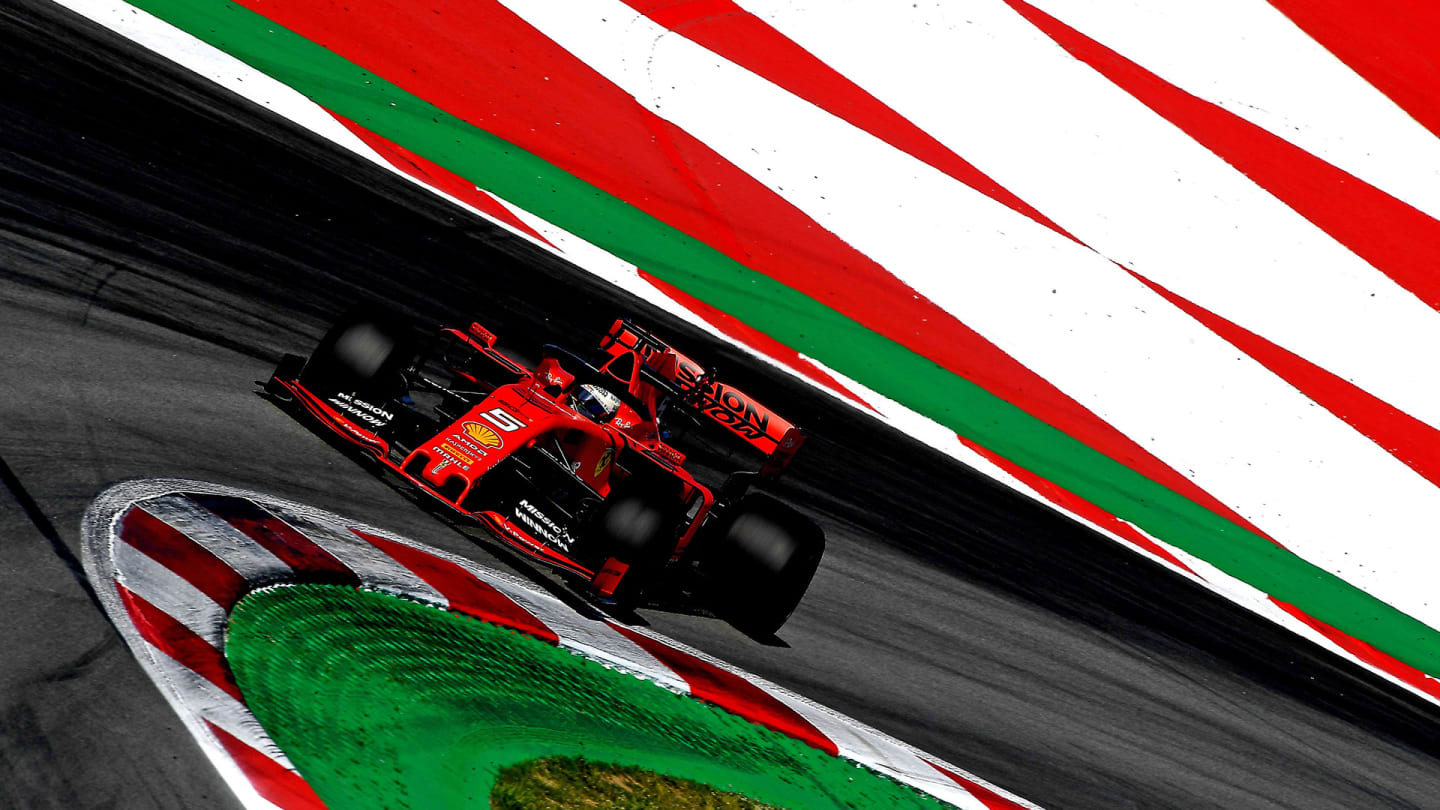
Teams will have to compromise as testing is cut from eight to six days overall, leaving some tasks to be done during the Australian GP weekend in March
Only once these tasks have been completed can the team move onto genuine performance testing, allowing the driver to find his and the car’s limits and gaining a more detailed understanding of the car’s performance traits, its balance, the way it changes with varying fuel loads, track temperatures, set-ups, tyre compounds and pressures, etcetera.
READ MORE: 7 of the cleverest deceptions in F1 testing history
The balance between these two requirements of testing varies significantly between the teams depending upon their size and depth of factory resource. For the smallest teams, a realistic balance between validation/performance running would be around 60/40. For the top teams, that split would look more like 10/90.
The bigger teams can complete more reliability, durability and design validation at the factories on their chassis rigs. They even have engine-in-car dynos so that they are not arriving at Barcelona never having run car and engine together before, as is the case with most teams.
This all means the big teams will have sorted many minor operating issues out well in advance, whereas the likes of AlphaTauri, Haas, Williams, Alfa Romeo and Racing Point will not. All this uses up valuable test day hours.
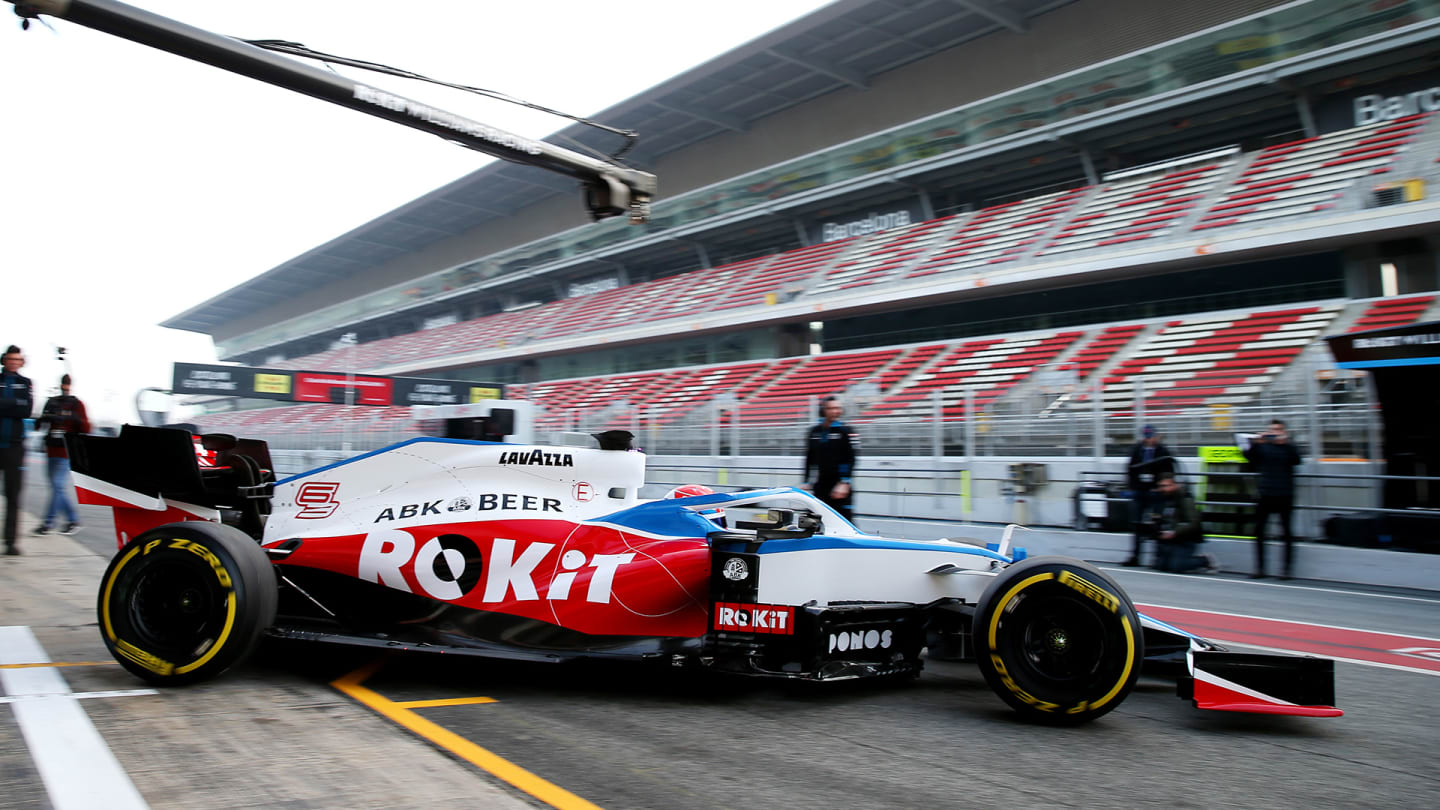
Teams such as Williams spend more time on validation – making sure there are no minor operating issues – than the likes of Ferrari
All of the teams will have been looking at ways of making their test mileage more efficient by looking at how many validation tasks might be undertaken simultaneously, doubling or trebling up on tests within each single run.
But as a generalisation, although the testing costs will be reduced, the smaller teams will likely feel more compromise competitively and operationally than the bigger teams.
READ MORE: Everything you need to know about 2020 F1 pre-season testing
It will be interesting to see if it has any effect on the reliability of the cars into the early season races when the season kicks off in March at Albert Park.
YOU MIGHT ALSO LIKE
Feature Key Lewis Hamilton questions answered as the seven-time champion moves to Ferrari
News Hamilton shares first look at striking helmet design for new Ferrari chapter
News ‘There’s no magic’ – Oakes outlines Alpine’s approach to 2025 season as teams get set for ‘big compromise’
News Iconic Mercedes F1 car driven by Fangio and Moss goes up for auction

)
